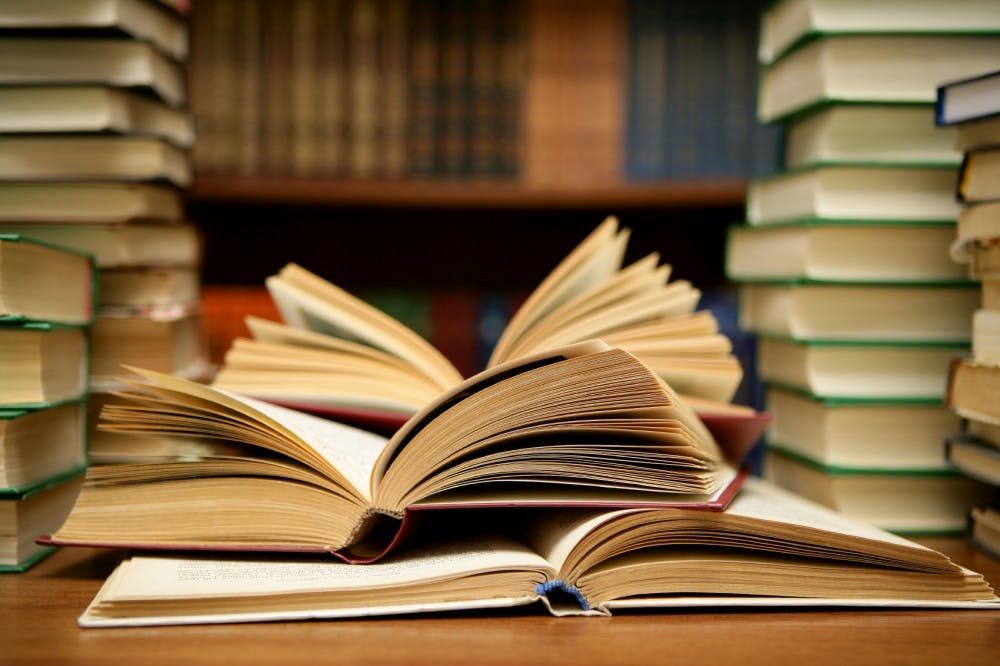The last book fair you probably went to was the junior scholastic pop–up at your elementary school's local, pastel–colored, bean bag filled library. And, let's be honest. You probably were looking less at the books and more at all the cool stuff they sold in their catalogues; who wants books when you can get a 10–color ballpoint pen instead?
During the first Friday and Saturday of April, the Philadelphia Art Book Fair took place at the Annex on Filbert in Center City. A collaboration between the Philadelphia Photo Arts Center and The Print Center, the fair hosted a variety of people and organizations in the art and photography book business. From small indie publisher to larger houses and individuals artists to savvy speakers and lecturers, the fair reeled in all sorts of people. It also featured over 60 different exhibitors from 17 states. During the fair itself, even photo and art book publishers released new zines and books. Basically, it was unlike any book fair you ever went to in grade school.
The cool thing about this book fair was that attendees were exposed to all parts of the emergence of a book, from its conception to its publication. There were not only opportunities to get books signed by artists, but also opportunities to hear artists speak about their work and the future of art and photography book publishing. The keynote speaker, Doug Dubois, a Guggenheim Fellow and current professor at Syracuse University with featured photography at the MOMA, gave one of the most notable talks of the entire affair. The tidbits he shared on his primary, too, were really interesting as he provided for interesting perspective. The author and artist, for example, stated in a recent New York Times interview, “Everything is based on truth, but in my case folded into very conscious allusion, like cinema, even fashion. All images reference each other.” Similarly, beyond interactions with artists and authors themselves, there were publishing houses at the event exhibiting,
It is a revolutionary time for books with the arrival of electronic books And while copies are wonderfully useful and cheaper, they detach us from the physicality that has been such a prime aspect of the experience of reading—the smell, the texture and the craft. This is especially true to books that are so visually heavy as art and photography ones, where engagement with the text relies so much on the senses.The Philadelphia Art Book fair is a testament that in our modern, virtual world, there is still an appreciation for bound hard copies printed on ink and paper. As students, we'd rather not take the tedious trek to Van Pelt, and instead opt to access documents and books that we might need through online platforms. Yet, with millions and millions of books at our disposal, how could we ever want to forget how wonderful is the art of a book? (Especially if it has pictures?)

